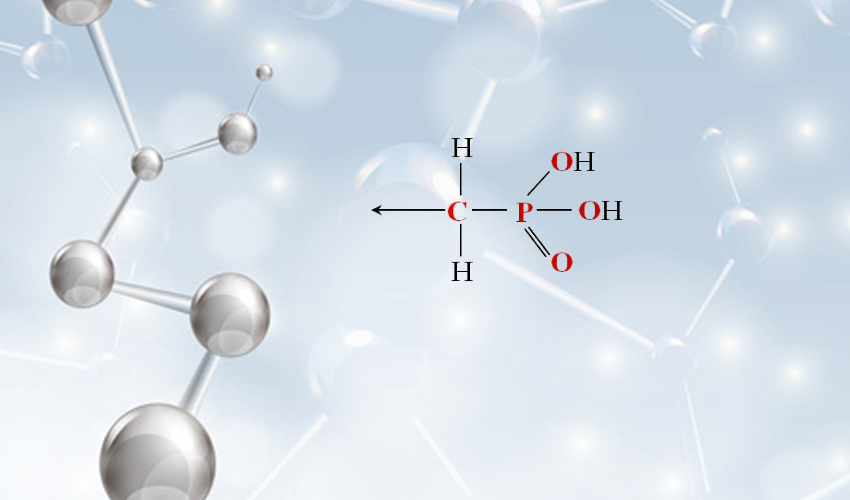Safety Data Sheet for Poly Aluminum Chloride Comprehensive Guide and Information
Understanding Poly Aluminum Chloride Safety Data Sheet Overview
Poly Aluminum Chloride (PAC) is a widely used inorganic chemical compound, chiefly employed as a coagulant in water treatment processes. Its efficiency in removing impurities and suspensions from water makes it an essential substance in municipal and industrial water treatment facilities. However, like any chemical substance, it is crucial to adhere to safety protocols while handling PAC. This article aims to delve into the significance of the Safety Data Sheet (SDS) for Poly Aluminum Chloride, highlighting its properties, potential hazards, handling procedures, and first aid measures.
Chemical Identification
Poly Aluminum Chloride is a polymeric aluminum compound that appears as a white to yellowish powder or liquid. It is often produced by reacting aluminum hydroxide with hydrochloric acid. PAC is generally categorized into different formulations, which can vary in aluminum content and basicity. Due to its coagulant properties, PAC plays a critical role in processes such as drinking water purification, wastewater treatment, and various industrial applications like paper manufacturing and textile processing.
Physical and Chemical Properties
Understanding the physical and chemical properties of PAC is important for its safe handling. It is soluble in water, and when dissolved, it forms a slightly acidic solution. The density varies depending on the formulation but generally ranges from 1.0 to 1.3 g/cm³. The pH of a PAC solution typically falls between 3 to 5, which indicates its acidic nature. Knowing these properties helps in determining storage and handling requirements.
Potential Hazards
poly aluminum chloride sds

While PAC is generally safe when used appropriately, there are potential hazards associated with it. The SDS outlines the key hazards, which include irritation to the eyes and skin upon contact, and respiratory complications if inhaled. Ingestion may cause gastrointestinal irritation. It is essential to wear personal protective equipment, such as gloves, goggles, and masks, to mitigate these risks during handling.
Handling and Storage
Proper handling and storage of PAC are critical to ensuring safety in its use. The SDS provides guidelines that recommend storing PAC in a cool, dry, and well-ventilated area, away from incompatible materials such as strong acids and bases. Packaging should be intact and clearly labeled to prevent any confusion. When handling PAC, it is advisable to implement engineering controls such as effective ventilation and to follow good hygiene practices, including washing hands thoroughly after handling.
First Aid Measures
In case of exposure to Poly Aluminum Chloride, the SDS provides clear first aid measures to follow. If skin contact occurs, contaminated clothing should be removed, and the affected area should be washed thoroughly with soap and water. In the case of eye contact, flushing the eyes with copious amounts of water for at least 15 minutes is recommended, and medical attention should be sought immediately. If inhalation happens, move the affected individual to fresh air, and if breathing difficulties persist, medical assistance is necessary. For ingestion, do not induce vomiting; instead, seek medical attention promptly.
Conclusion
In summary, the Safety Data Sheet for Poly Aluminum Chloride is a vital resource that provides essential information regarding the safe handling and potential hazards of this chemical compound. By adhering to the guidelines set forth in the SDS, professionals involved in the use of PAC can ensure a safer environment for themselves and others. Understanding not only the chemical properties but also the health implications and emergency procedures associated with Poly Aluminum Chloride underlines the importance of maintaining safety standards in chemical management. In all instances, ensuring the safe use of PAC in various applications begins with comprehensive awareness and application of SDS guidelines.
-
Pbtc Scale InhibitorPBTC: A Scale Protector for Industrial Water TreatmentNewsAug.05,2025
-
Organic Phosphonate: An Efficient Defender in the Field of Scale InhibitionNewsAug.05,2025
-
Hydrolyzed Polymaleic Anhydride: Green Pioneer in Scale Inhibition FieldNewsAug.05,2025
-
PAPEMP Polyamino Polyether Methylene Phosphonic Acid For SaleNewsAug.05,2025
-
Flocculant Water Treatment: A Pioneer in Purification in the Field of Water TreatmentNewsAug.05,2025
-
Benzyl Isothiazolinone: An Efficient and Broad-Spectrum Antibacterial Protective GuardNewsAug.05,2025





